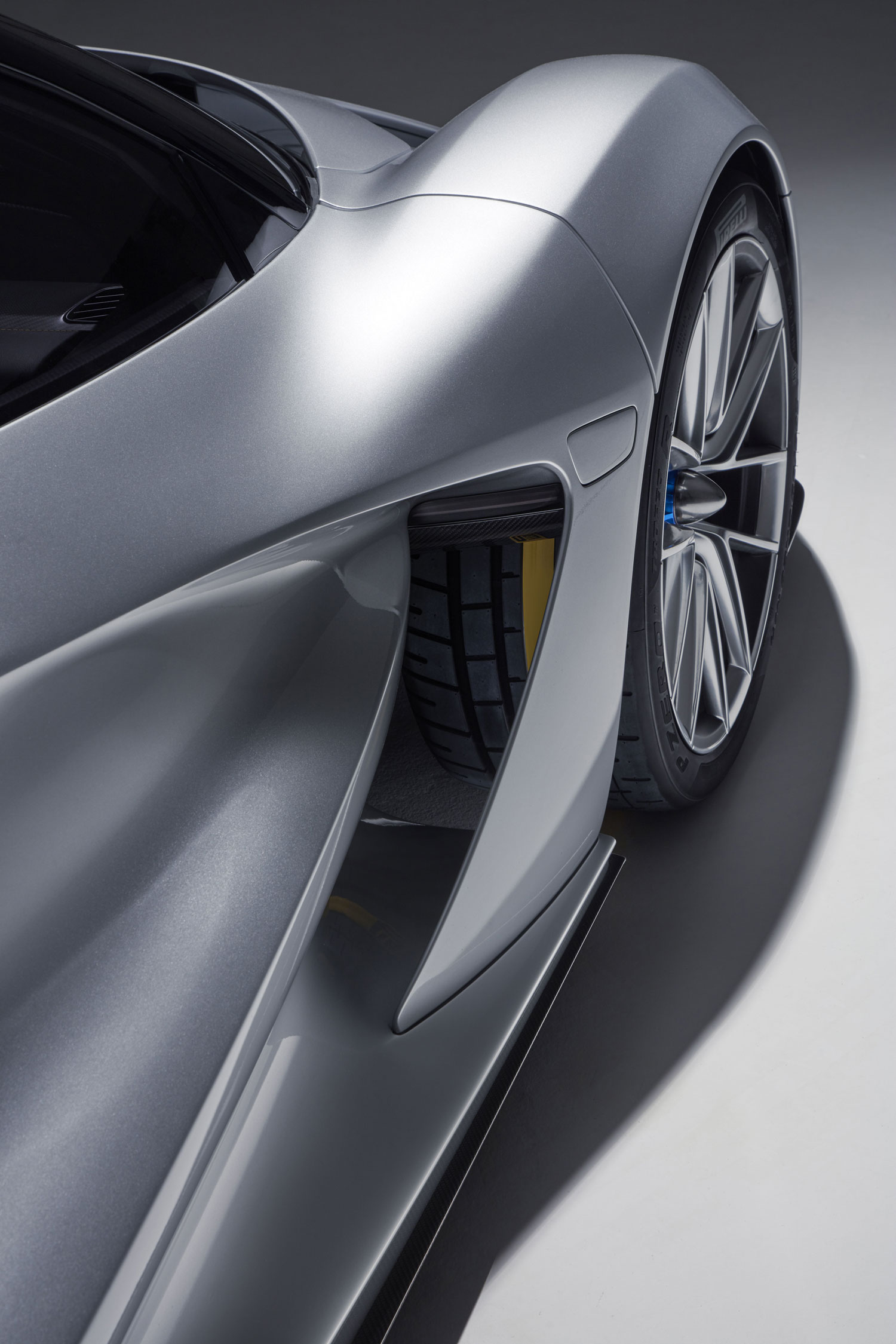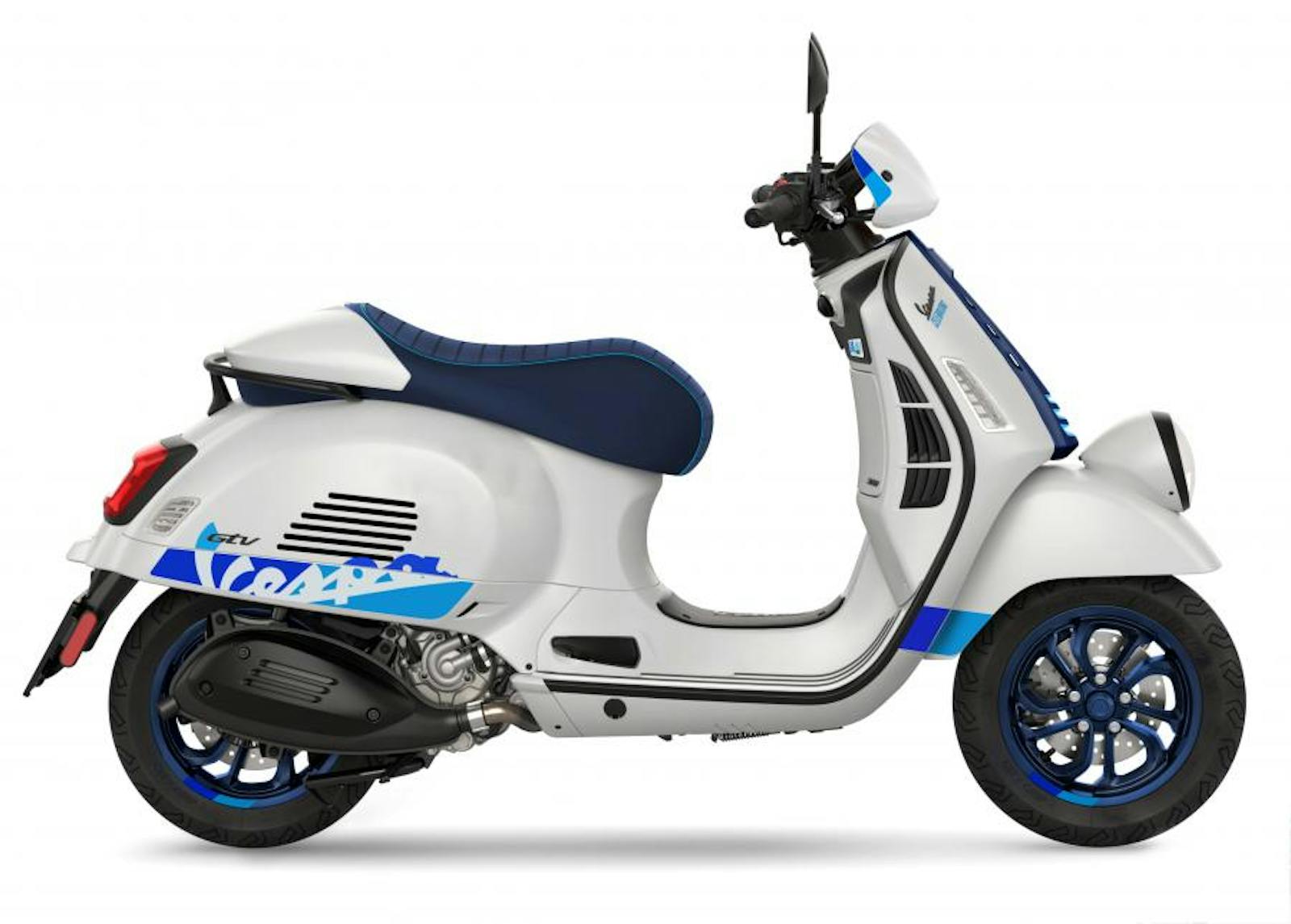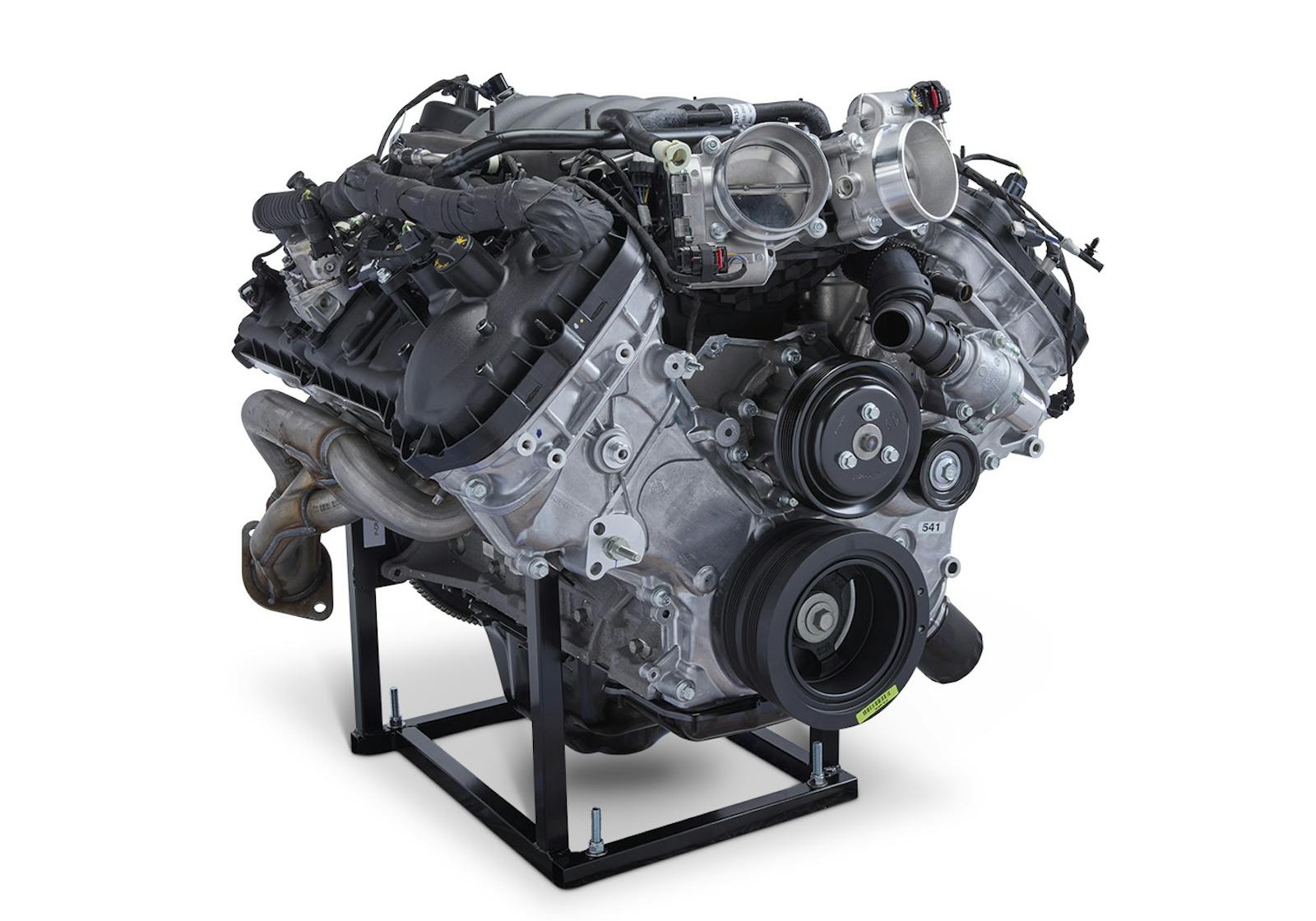Lotus aims big with the 2000-horsepower Evija
Compared to most auto companies, the UK’s Lotus Cars is tiny, but it has always punched above its weight. Flyweight Lotus is now taking a swing at the heavyweights of the automotive world with its $2.3-million electric hypercar, the Evija, which was revealed in London. It is the first electrified Lotus and the first all-new vehicle that Lotus has designed since it was acquired by Geely.
Powered by four electric motors from Integral Powertrain Ltd. and a 70-kWh battery pack supplied by Formula 1 Williams Advanced Engineering, the Evija will have a combined 1972 horsepower (an even 2000 PS), allowing Lotus to say that the Evija will be the most powerful series production automobile yet made. To give you some perspective, each of the four motors will individually have more power than any previous production Lotus car ever. Performance targets are a top speed of over 200 mph and a zero to 60 mph time of less than three seconds. It seems like 1972 horsepower should do the trick.
The Evija will have a 250-mile range from the mid-mounted battery pack, which Lotus says echoes the mid-engine sports cars it has made since the 1960s. The battery pack is said to be the most energy dense power source for any EV currently made.

Williams has also engineered the advanced battery charging and management system. Lotus claims that it will be the fastest charging EV around. With existing charging technology, the Evija can get an 80 percent charge in just 12 minutes, and when more-advanced 800-kW chargers become available, the Evija will be able to get a full recharge in just eight minutes.
The Evija is also the heaviest road car the company has ever made, 3700 pounds, but as one would expect from a car carrying a badge with the ACBC initials of Anthony Colin Bruce Chapman, famous for “adding lightness”, Lotus says that the Evija will be the lightest car in the EV hypercar class. That’s a little like being the most svelte person at a weight-loss clinic. Batteries are heavy.
To keep weight down, the Evija is based on a carbon-fiber tub, supplied by CPC of Modena, Italy, using an identical layup and manufacturing method as is used in making F1 racing chassis. The total weight of the monocoque is just 284 pounds.
The Evija will be the most aerodynamic Lotus road car ever made, with active aero, an F1-inspired drag reduction system, and a carbon-fiber body influenced by endurance racing prototypes. Not only can the Evija cut through the wind, the wind can flow through it, with two large venturis that route air from the side of the car through its rear, not unlike the way the Ford GT uses flying buttresses to channel air around its cabin.


Russell Carr, head of styling for Lotus Cars, said: “We studied how Le Mans race cars use air flow creatively to go over, under and around the vehicle, but also through it. This concept of ‘porosity’ is key to the Evija and has enabled us to create a timeless design with exceptional amounts of downforce.”
The exits to the venturis are rimmed with red LED lighting, giving the look of jet afterburners.
Aerodynamics are further enhanced be replacing the rear-view mirrors with cameras and the exterior handles for the de rigueur-for-ubercars dihedral doors with keyfob operated electrical releases.
While the Evija shares some design DNA with current Lotus cars like the Evora, Carr said that the Evija will set the styling pattern for future Lotuses.
The Evija’s aerodynamic “porosity” is echoed on the interior with what Lotus is calling a “floating wing” dashboard, visible from outside the car. In case you think that’s a modern touch, floating instrument pods have been around since the 1950s.

Additionally, Lotus is saying that the Evija will be the “most dynamically accomplished” road car the company has made. Considering that Lotus is renowned for superb handling, that’s a high bar to reach. However, putting a motor at each corner allows for advanced torque-vectoring, and the Evija is equipped with a race inspired pushrod suspension with inboard mounted adjustable Multimatic shock absorbers, so the new Lotus should be able to generate motion-sickness-inducing lateral G forces on the skid pad and on the race track.
Hand built at Lotus’ Hethel factory, just 130 Evijas will be made, and Lotus is promising a comprehensive personalization program along with “experiential programmes” for customers, presumably track events and the like.
Speaking at the reveal, Lotus Cars CEO Phil Popham said: “The Lotus Evija is a car like no other. It will re-establish our brand in the hearts and minds of sports car fans and on the global automotive stage. It will also pave the way for further visionary models.”
Lotus is taking orders now, for delivery planned to start next year. You can hold your place in line with a $310,000 deposit.


















